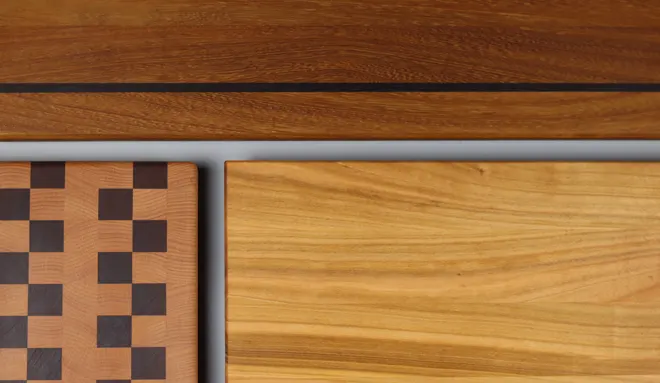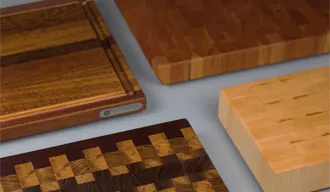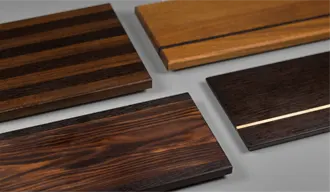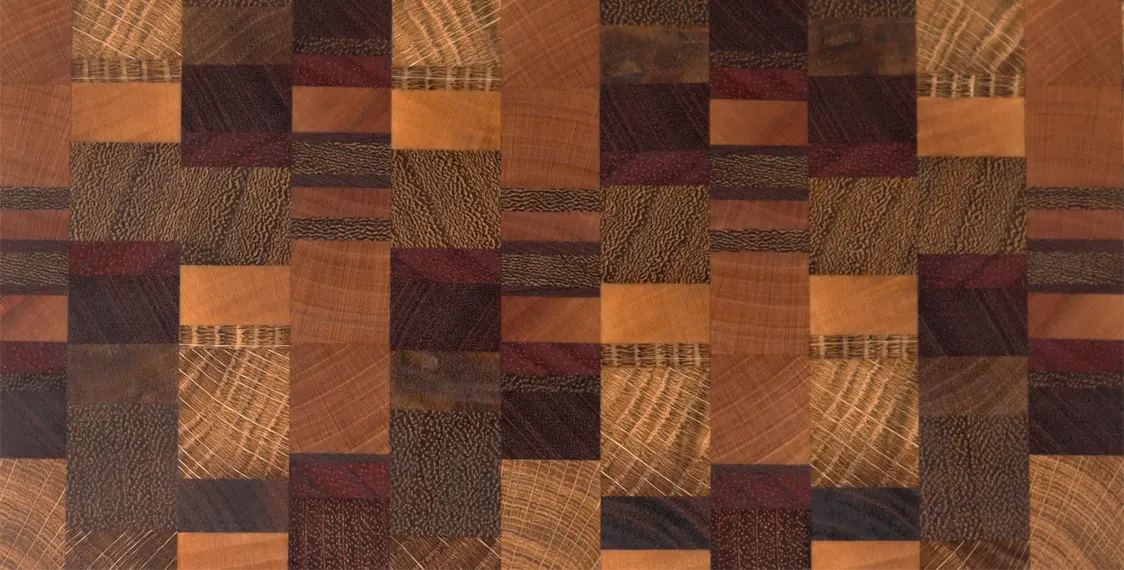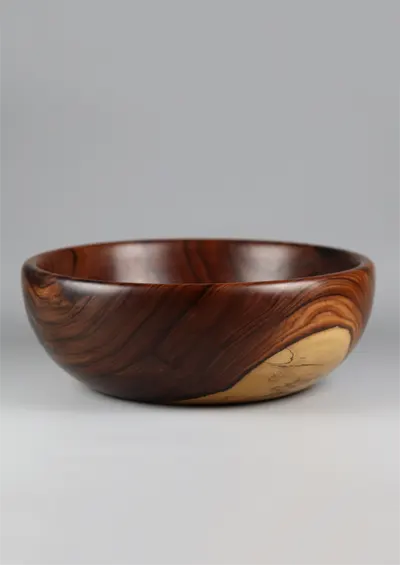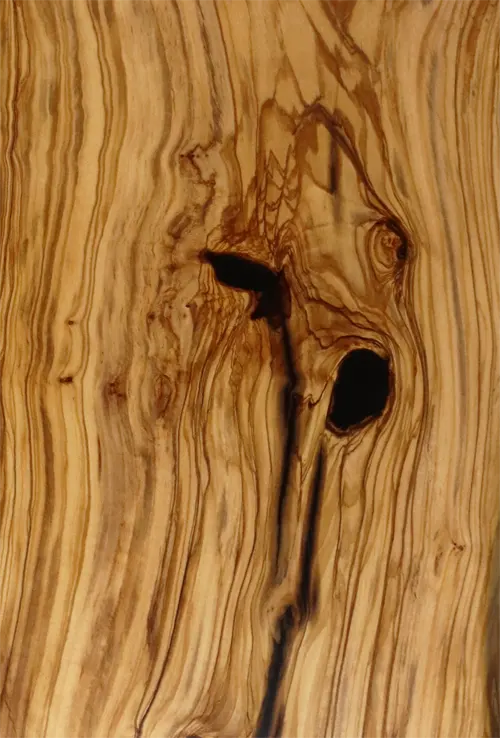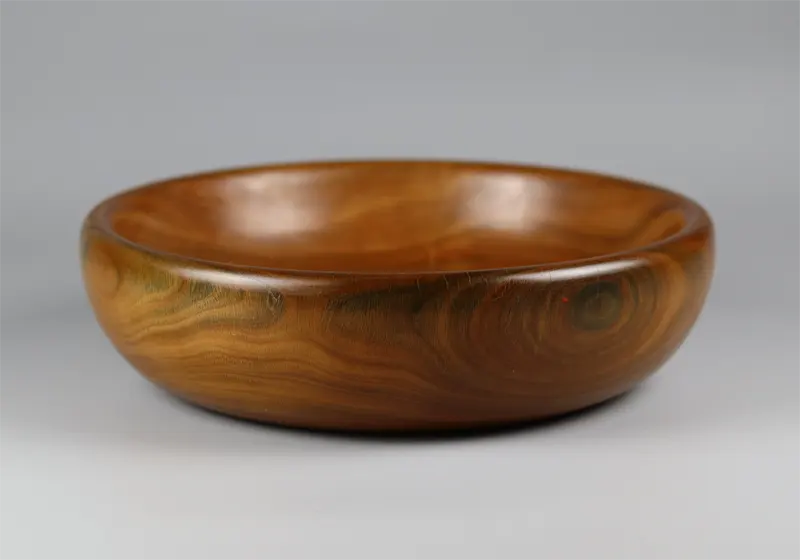Verawood: Uses and characteristics
What is Verawood or Argentine Lignum Vitae?
Verawood, also known as Bulnesia arborea (synonym Plectrocarpa arborea) or Argentine lingum vitae, is a tropical wood of exceptional density and hardness.
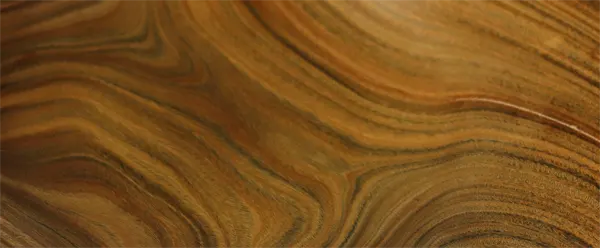
Native to South America (Colombia, Venezuela and the Gran Chaco region), it stands out for its exceptional colors and grain, as well as its extreme durability.
Its rarity and qualities make it a premium choice for specialty applications in woodworking, tooling, functional jewelry, and high-performance products.
Uses of Verawood
Traditional uses
- Tools and handles: ideal for withstanding impacts and rough use, thanks to their density.
- Knives and pens: often used as a decorative wood for small luxury items.
- Bearings and mechanical parts: It was used in ship and turbine bearings for its self-lubricating properties. It is still used in some of these applications today.
- Military and sports equipment: mallets, cricket batons, police batons, and truncheons have been made from this wood due to its high impact resistance.
- Turned articles: bowls, turned handles, and decorative pieces.
- Aromatic and cosmetic products: Guaiac oil is extracted for soaps and perfumes teleflor.com.
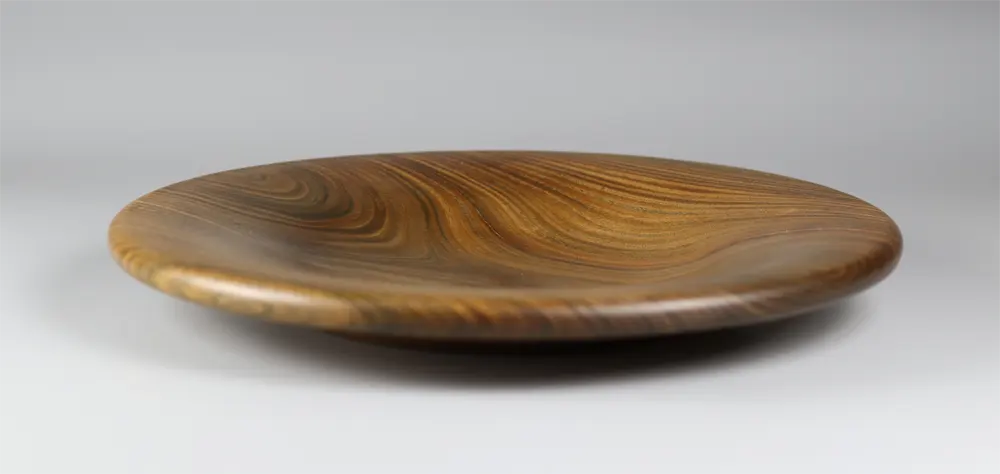
Main features
- Density
- Between 0.92 and 1.12g/cm³ (approx. 74–70lb/ft³).
- It contains a huge amount of crystallized resins.
- Hardness (Janka)
- Estimated hardness ~3700 to 3810 lbf (16500–16950 N); close to the hardest wood in the world.
- Resistance to moisture and insects
- Very durable, even in contact with soil. Resistant to fungi and insects.
- Self-lubrication and mechanical stability
- Used in ship bearings for its property of reducing friction without oil.
- Extremely stable against shrinkage, ideal for precision applications.
- Texture and appearance
- Fine-grained/interlocked; olive-green or dark brown veining, with a fine, glossy texture.
- Aroma
- Aromatic and persistent; pleasant in soaps, oils, and firewood.
- Workability
- Very dense: requires sharp tools, smooth cuts, and specific working tactics.
- Durability
- Extremely durable and suitable for outdoor or submerged use.
In short, it stands out for its high hardness, density, water resistance and stability, with robust grain and unique aroma.
Rarity and sustainability
- Conservation:
- Bulnesia sarmientoi, related to B. arborea, is listed as Endangered (EN) by the IUCN and in Appendix II of CITES since 2010.
- B. arborea is also listed for habitat loss and uncontrolled exploitation.
- Origin and exploitation:
- It grows in fragile ecosystems like the Gran Chaco. Excessive logging and oil extraction have significantly reduced its population.
- Availability:
- It’s a very expensive wood, with limited supplies. It’s not generally found in large quantities on the European continent.

Technical characteristics
| Property | Value |
|---|---|
| Density (12% humidity) | 0.97 (0.92–1.12) g/cm³ |
| Dry weight | ~74.6 lb/ft³ (~1 195 kg/m³) |
| Janka hardness | 3810 lbf (16950 N) estimated |
| Radial/tangential contraction | Comparable to lignum vitae (~2.0/4.0%) |
| Modulus of elasticity | ~16 000–17 000 lbf/in² (Rupture) |
| Compressive/flexural strength | Very tall, similar to the tree of life |
| Durability | Very durable, outdoor and indoor use |
| Resistance to biological attacks | High (fungi, woodworms, termites) |
In short, Verawood excels in almost every mechanical and durability parameter.
Verawood Wood Products
At ligna.es, we have Verawood lumber for custom-made projects such as serving boards, bowls, and plates.
-
 End grain Bowl€ 350,00
End grain Bowl€ 350,00 -
 Turned plate€ 250,00
Turned plate€ 250,00
Frequently Asked Questions (FAQ)
1. What is Verawood Wood?
It is wood derived from Bulnesia arborea (or Plectrocarpa arborea), also called Argentine lingum vitae, with density and hardness similar to those of the classic guayacan.
2. How is it different from the true guayacan?
Guaiacum (genuine guaiacum) wood is slightly harder (~4390 lbf Janka) and denser (~1.26 g/cm³). Verawood is similar, but more affordable and very similar in performance.
3. Is it sustainable to buy Verawood products?
Yes, as long as they come with CITES certification and legal origin. In our store, we guarantee traceability and sustainable management.
4. Why are many tool handles made of this wood?
Because it combines extreme hardness, impact and water resistance, with natural self-lubrication, making them ergonomic and highly durable.
5. How to work this wood in the workshop?
Its high density requires very sharp tools, smooth cuts, low feed rates and cooling, ideal for fine finishing and turning.
6. What care does a Verawood product need?
Dry or slightly damp cleaning is recommended, avoiding prolonged exposure to water or extreme heat, and occasional mineral oil to maintain shine.
7. What decoration products is it ideal for?
Lamp bases, turned ornaments, luxury handles, artistic pieces for their olive-green color and natural brilliance.
Otras entradas del blog

What are the best woods for cutting boards?
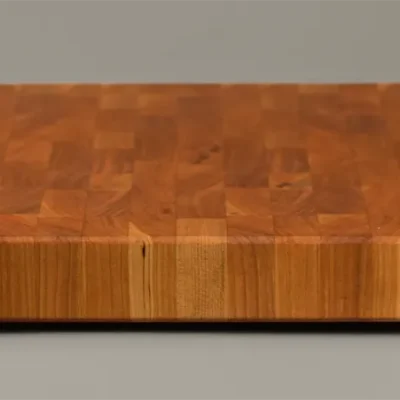
Wooden Cutting Board: Complete Guide

Healthiest Cutting Board: Why End Grain Boards Are the Superior Choice

Ebony Wood: Complete Guide
Nuestras tablas de cortar:
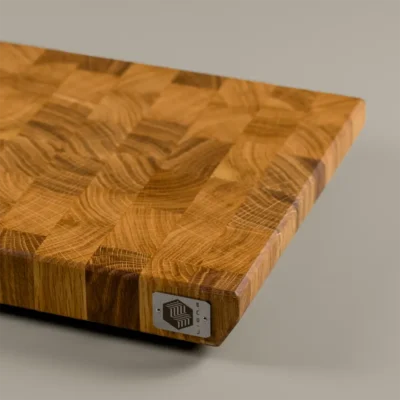
Pura
Oak oak butcher block
Pura
Oakoak butcher block
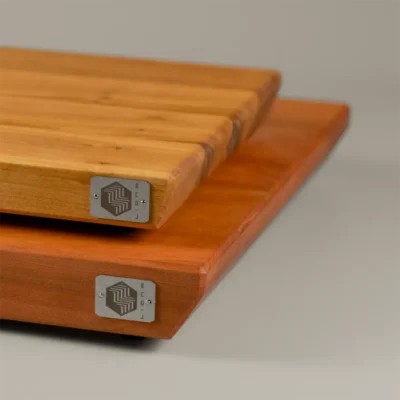
Linea
Cherry cherry cutting board
Linea
Cherrycherry cutting board
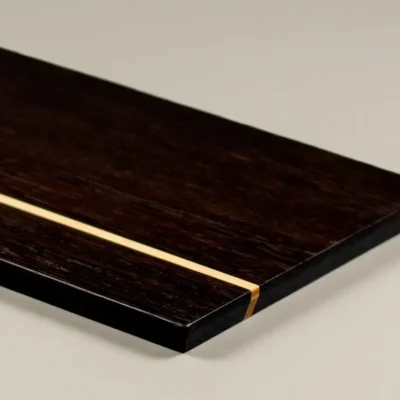
NIGRA
serving board
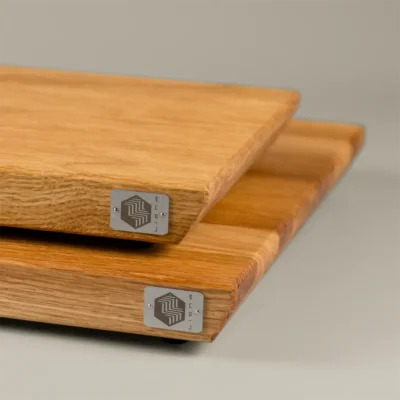
Linea
Oak oak cutting board
Linea
Oakoak cutting board
